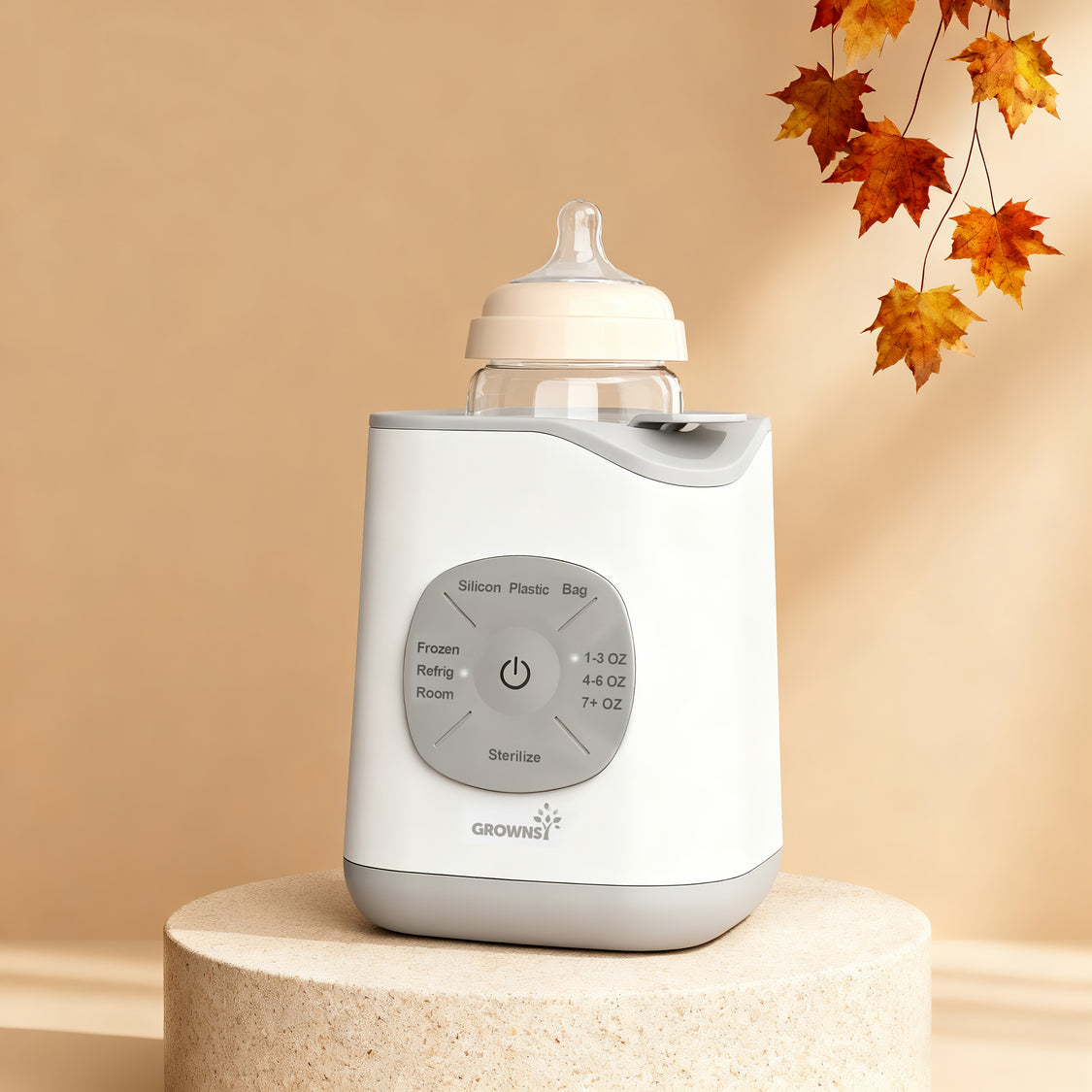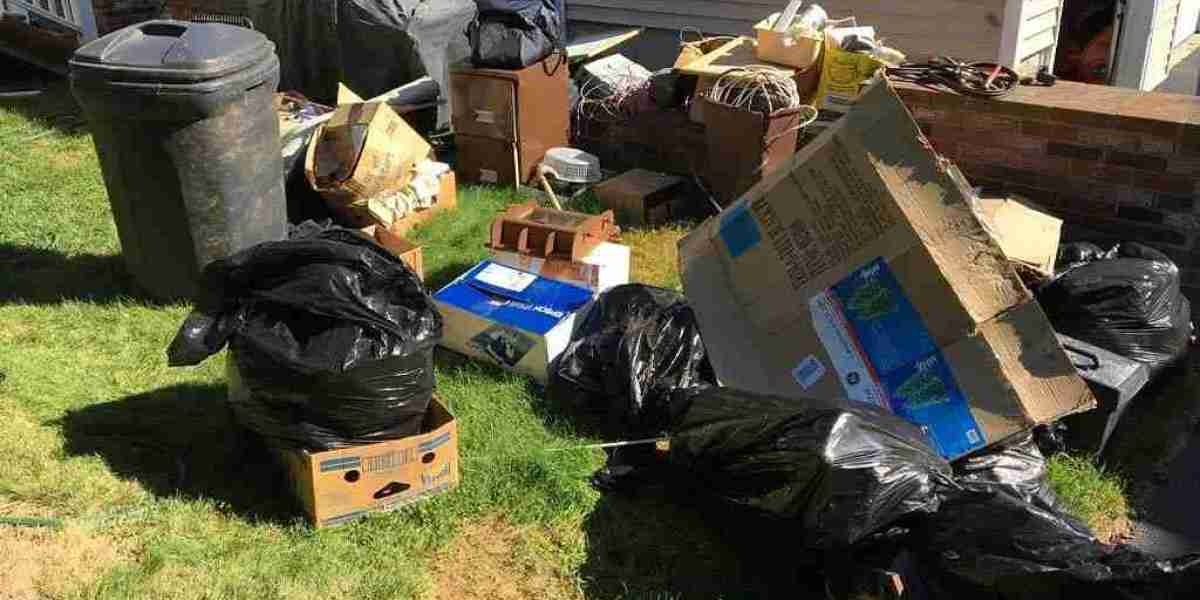Unlock the Secrets to Safe Feeding for Your Little One!
Feeding your infant can be both a joyful and daunting experience. As new parents, we often find ourselves navigating a myriad of decisions regarding our little ones' nutrition, and one of the most crucial aspects is safe feeding practices. Understanding how to properly warm formula bottles is essential, as improperly handled bottles can lead to health risks for our babies. Parents often worry about how long a warmed formula bottle remains safe for consumption, and rightly so. It’s vital to grasp the importance of time limits, hygiene, and proper storage to ensure our little ones are getting the best nutrition possible. With this guide, we will uncover the secrets to safe feeding practices, providing you with the knowledge and confidence needed to nourish your baby effectively.

Understanding Formula Preparation and Storage
When it comes to preparing formula, hygiene and proper techniques are paramount. Start by ensuring your hands are clean and that the surfaces you're using are sanitized. The water quality for mixing formula should also be a priority; using filtered or boiled water can minimize the risk of contaminants. Carefully follow the guidelines provided for mixing the formula, as the correct ratio of powder to water is crucial for your infant's health. Additionally, safe storage practices are essential. Unopened powdered formula can be stored in a cool, dry place, while opened containers should be used within a month. Liquid formula, once prepared, should be refrigerated immediately and can be kept for up to 24 hours. By mastering these basic principles of formula preparation and storage, you set a strong foundation for your baby's nutrition.
How Long is a Warmed Formula Bottle Good For?
Now, let’s dive into the specific question: how long is a warmed formula bottle good for? After warming, a formula bottle should ideally be consumed within one hour. If your baby doesn't finish the bottle within this timeframe, it's crucial to discard the remaining formula. This is because bacteria can grow rapidly in warmed milk, posing a risk of foodborne illness. Signs of spoilage include off-smells, changes in color, or separation of the ingredients. Therefore, always inspect your baby's formula before feeding. Understanding these time limits and spoilage signs not only helps keep your little one safe but also reduces waste and promotes responsible feeding practices.
Best Practices for Feeding Your Baby Safely
Establishing best practices for feeding your baby safely is essential. Always test the temperature of the warmed formula before feeding by placing a few drops on your wrist; it should feel warm but not hot. Using a bottle warmer or warm water bath is recommended for heating formula, as microwaving can create hot spots that may scald your baby. Avoid re-warming any formula that has already been partially consumed, as this increases the risk of bacterial growth. Instead, prepare smaller amounts to minimize waste and ensure your infant is always fed with the safest, freshest formula. Implementing these best practices fosters a secure and nurturing feeding environment for your baby.
Common Myths and Misconceptions
As with many aspects of parenting, feeding infants is surrounded by myths and misconceptions. One common belief is that warming formula in the microwave is safe, but this is far from the truth; microwaving can lead to uneven heating and dangerous hot spots. Another misconception is that it’s safe to reheat formula that has been sitting out for a few hours. In reality, this can pose a significant risk to your baby’s health due to bacteria growth. Educating yourself on these myths and understanding the evidence-based practices can empower you to make informed decisions for your baby's nutrition. Remember, knowledge is your best ally when it comes to providing safe feeding practices.
Safe Feeding Practices for Infants
In conclusion, safe feeding practices for infants are vital for their health and well-being. By understanding how long a warmed formula bottle is good for, as well as the proper techniques for preparation, storage, and feeding, you can ensure that your little one receives the best possible nutrition. Remember to stay informed and vigilant, regularly revisiting guidelines and best practices as your baby grows. Parenting is a journey filled with learning, and with the right knowledge, you can navigate the feeding process confidently, supporting your child's growth and health every step of the way.





